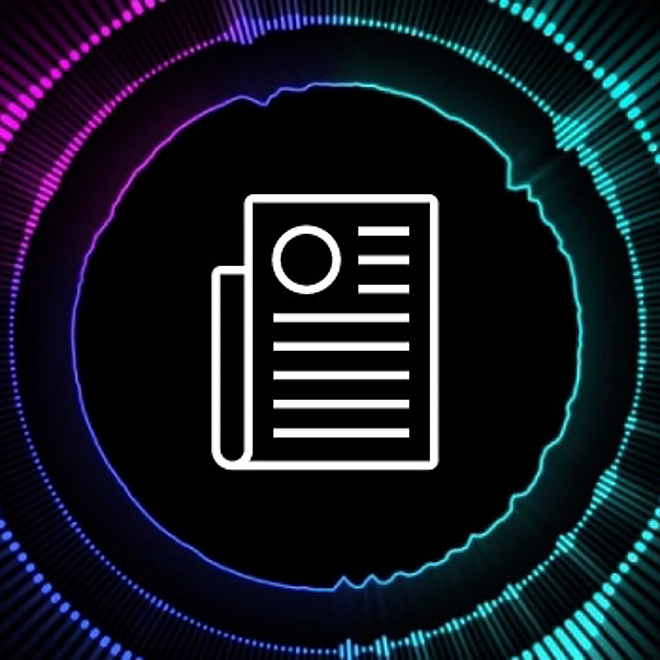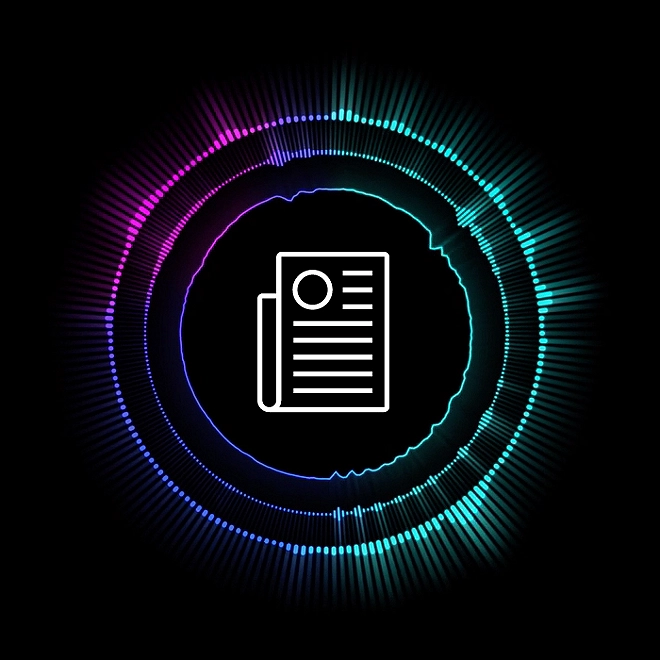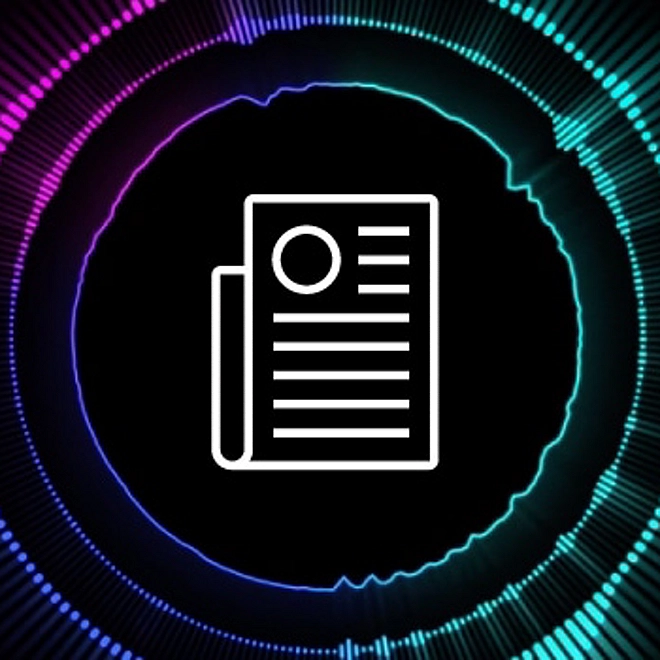From ‘ego systems’ to ecosystems
Transformation with digital supply chains
The COVID-19 crisis has permanently changed the way businesses view and manage supply chains. Organizations that moved fast to make their supply chains more flexible, resilient, efficient, and insights-driven have built an edge that could persist long after the pandemic is behind us. The same industry leaders have invested heavily in digital supply chain capabilities that allow them to rapidly embed innovation into their operations, proactively address issues, increase efficiencies, and grow—all while serving end customers better.

Three transformation specialists discuss strategies, solutions, and leading practices for enabling responsive digital, cloud-enabled supply chains that can address today’s reality, as well as tomorrow’s disruption.
The COVID-19 stress test
Delivering transformation in the supply chain requires best-of-breed applications, submits Jamie McCall, Director, Deloitte MCS Limited. When choosing the technology suite to drive their supply chain, leaders have options–from off-the-shelf warehouse management solutions to a bespoke system. As McCall sees it, they would do well to keep one thing in mind when making that choice: “Protect the data that drives your business.”
Where the supply chain is critical to creating market differentiation, companies should have world-class capabilities supported by best-of-breed technology. That can mean leveraging cloud-based systems that create digital supply networks and visibility across the multi-tier supply chain–precisely where many supply chains failed the COVID-19 stress test.
The reason, offers John Robinson, Strategic Client Advisor, SAP EMEA North, was too much best-of-breed technology across the supply chain, which ultimately compromised its ability to work efficiently. “It's about system design, system complexity and the performance of the overall system rather than its individual component parts.”
Resiliency and the lean supply chain
Though supply chain risk management isn’t new, COVID-19 might be the tipping point for it to be taken seriously, and the response is to build in resiliency. Acknowledging that supply chains are “cost-optimized,” Jim Kilpatrick, Deloitte’s Global Supply Chain and Network Operations Leader, sees that many companies are making it a higher priority. “There's clearly a shift to understanding points of vulnerability and building resilience in the supply chains. But organizations will have to strive to find the balance because cost, service and asset performance are vital.”
That balance–the cost of building in resiliency versus having a lean supply chain–is where Robinson sees opportunity for new business models that can enable manufacturers to have both without carrying that middle capability.
McCall agrees and submits the shift might be even bigger: a societal change to be more risk averse while looking closer to home. “I think people will begin moving towards more local supply chains, and think about what they hold locally and what they manage and what they have control over.”
Greater than the parts
For decades, global manufacturers have been following four key trends – the status quo – to improve business performance: strategic growth planning, supply chain optimization, IT investment, and operational excellence. But the status quo, in Robinson’s estimation, is not fit for purpose. “Those four key elements have not been brought together very well. IT companies still to sell to the CIO. The engineering companies and automation vendors still sell to engineers.” As a whole, those four elements failed to deliver value the manufacturer expected.
Moreover, as the world emerges from COVID-19, what’s being put forth as the next normal for supply chains is an evolution – not the revolution and radical ecosystem collaboration he believes is required if supply chains are to work differently in the future. “An ‘ego system’ won’t build a healthy, sustainable ecosystem,” he says.
Moving through 2020 required a high degree of internal collaboration, something Kilpatrick believes needs to continue if the new extended ecosystem model that is slowly emerging is to take hold and thrive. Like Robinson, he also considers this to be especially true externally. “One software vendor can't solve it all. At Deloitte, even in our strong partnership with SAP, we believe that to enable a business to build capability where it matters requires an ecosystem of different providers. Those ecosystems have to be formed, managed and maintained consciously.”
Want more transformation insights from enterprise leaders? Visit deloitte.com/SAP to download future podcast episodes or listen to previous ones.



